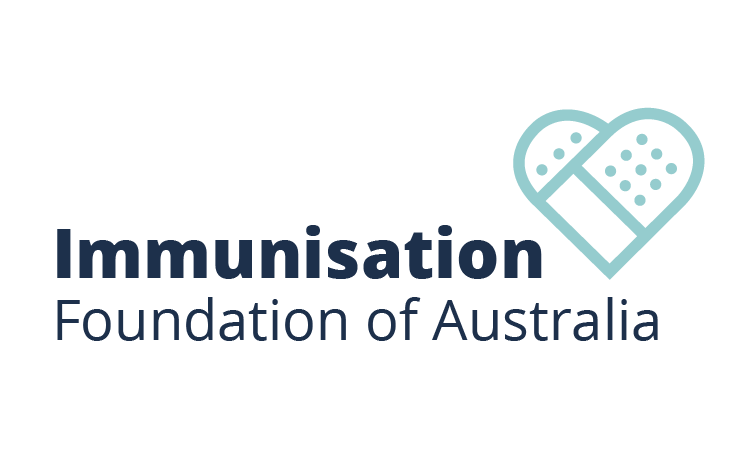RSV in Infants and Children
RSV – known medically as Respiratory Syncytial Virus – is an unpredictable virus that causes seasonal outbreaks, usually during the winter months. RSV can be mild, with cold-like symptoms, but can sometimes lead to more severe illness, including lung infections such as bronchiolitis and pneumonia.
RSV in infants and toddlers
RSV is a highly contagious virus which spreads easily through coughs and sneezes. As such, almost all children will be infected by the virus before the age of two. Babies under the age of six months are most likely to develop severe symptoms.
Some children have a higher risk of severe RSV, including babies who are born pre-term, who have chronic lung issues or congenital heart disease, or are of indigenous descent.
However, it is often difficult to predict which infants will develop severe RSV and require urgent medical care, with most hospitalisations occurring in otherwise healthy babies who were born at full-term.
Research indicates that severe RSV in infancy can potentially affect a child’s long-term health, increasing their risk of recurrent asthma, wheezing and allergies.
Signs and symptoms of RSV
In infants, most cases of RSV are mild with symptoms including:
A runny nose
Coughing
Sneezing
Wheezing
Fever
Loss of appetite
Lethargy and irritability
To find out more on the sign and symptoms of RSV, click here.
When to seek medical care
Severe RSV can cause lower respiratory tract infections. Signs that an infant may have bronchiolitis or pneumonia and requires medical care include:
Rapid breathing (more than 40 breaths per minute)
Laboured breathing – tugging under and between the ribs and/or lower neck
Up and down head movements and/or grunting while breathing
Flared nostrils
Wheezing
Blue tint or changes to skin colour around the mouth and eyes
RSV is too serious and unpredictable to delay medical care. If you suspect severe RSV, see a healthcare professional urgently.
Managing RSV at home
If a child is not showing signs of severe illness, RSV can be managed by:
Keeping them hydrated with small amounts of liquids (water, breastmilk or formula).
Managing fever through light clothing, a cool cloth on the forehead and/or use of paracetamol/ibuprofen according to dosing instructions.
Keeping them at home to reduce the risk of spreading the virus to others.
It’s important to keep a close eye on young children as they can deteriorate very quickly due to RSV.
Hospitalisation for severe RSV
RSV is the number one cause of hospital admission for Australian children under five years of age, with almost 16,000 admissions annually.
Hospitals provide supportive care for young children who may require help with breathing and/or feeding, as well as close supervision for infants whose condition may be at risk of worsening.
While in hospital, children with RSV may receive supplemental oxygen, fluids and/or tube feeding. Approximately one-in-four children hospitalised with RSV will require intensive care.
RSV protection
RSV immunisations to protect infants from severe illness are now available – either as an immunisation for the baby or a vaccine administered via the mother during pregnancy. To find the latest information on RSV prevention, click here.
At home, you can help prevent the spread of RSV in infants through good hygiene practices, including disinfecting shared toys, washing hands thoroughly before touching an infant, and keeping a distance from people with cold-like symptoms.
Tap or click the image below to download the fact sheet













